Travelling to the westernmost point in Europe and Cascais in a day
Since my friend came to Lisbon, while I am on Erasmus in Portugal, we decided to explore some of the southwest parts of the country. Cabo da Roca, which is the most western point in Europe, was one of those places, as it was on my list for quite a long time. However, we also decided to go to Cascais, which is a fishing village famous for its mesmerizing tiny beaches and beautiful historical center.
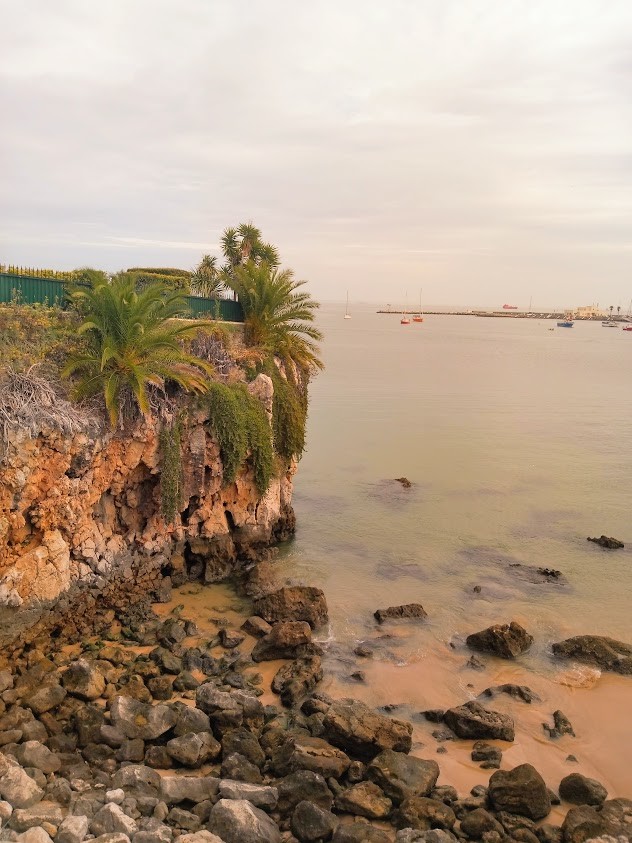
The easiest way to get to Cascais from Lisbon
So we woke up early in the morning and had to walk around 30 minutes to the Oriente train station, as we were staying near the airport. However, you can also go to Cascais from Rossio train station if you are staying in the center of Lisbon.
Once we arrived at the Oriente train station, we charged our Viva Viagem cards with two-way tickets to Cascais and the lady was very helpful, telling us that we had to switch the train and walk a bit to the other train station. Thus, we validated our cards before getting on the train and our journey began.
As the cashier advised us, we took off the train at Alcantara-Terra and walked for around 10 minutes to Alcantara-Mar, so we caught the train to Cascais. The whole journey to one of the most famous tourist destinations in Portugal took us around an hour and a half. A single ticket to Cascais costs 2.25 euros if you have the Viva Viagem card and a two-way ticket is 4.50 euros.
I would advise you to buy the Viva Viagem card, as it is useful, especially if you want to use the metro in Lisbon you will need it. The price of the card is 0.50 and can be purchased from ticket machines at the stations or ticket offices. Also, do not forget to validate it before catching the train or metro.
The easiest way to get to Cabo da Roca from Cascais
Once we got off the train in Cascais train station we went to the right and then to the left where is the bus stop for the bus to Cabo da Roca. There we waited for bus number 403 that is coming every 30 minutes. The price of the ticket is 4 euros and takes around thirty minutes to get to Cabo da Roca. Make sure that you have enough cash, as the bus drivers do not accept card payments.
Cabo da Roca sightseeing
Cabo da Roca is the westernmost point in Europe and till the 14th century was considered to be the end of the world before the great discoveries began. It was even described as “the point where the land ends and the sea begins” by one of the most prominent Portuguese authors Luis Camoes. These words we also found written on the monument at the Cabo da Roca.
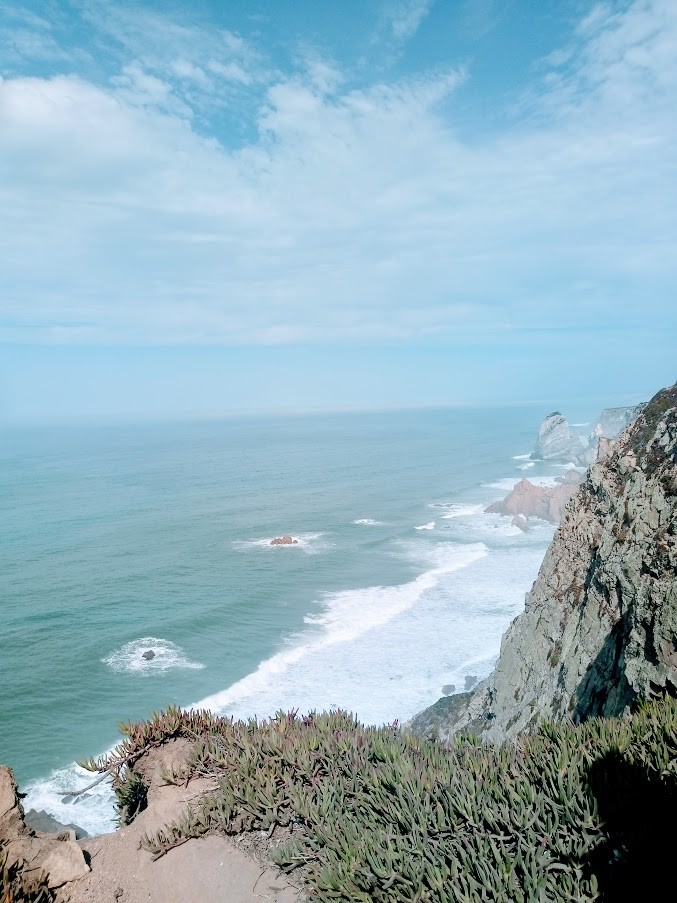
When we got there, we were quite lucky with the weather, as it was not that windy. Thus, we went straight to the furthest point in Europe from where we could enjoy the vastness of the ocean and its furious big waves. A bit on the right there was an enclosed area where lots of people were going to, as it had trails on it, so we went there from where we got even a better view over the coast. Over the enclosed area was standing one of the oldest lighthouses in Portugal built in the 17th century.
We spent quite some time in the locality and then at lunchtime decided to go back to Cascais by catching the bus from the only bus stop at Cabo da Roca. However, before catching the bus we asked the bus driver if he is going to Cascais, as sometimes the buses are going to Sintra.
Unfortunately, on the way back, due to the road being a bit sinuous, we got a bit sick, so my advice to you will be to get some pills with you.
Sightseeing in Cascais
Luckily, the bus ride didn’t take much time, as we felt a bit bad, thus once we got off we were quite happy on the hunt for a good restaurant. So we found Taberna Económica de Cascais, which was a tiny Portuguese restaurant at the beginning of the historical center of Cascais and offered freshly cooked seafood. So my friend got Polvo à lagareiro, which was a salad with octopus and I got Octopus with rice, which was very nice.

After our nice stop at the restaurant, we continued our walk around the old town of Cascais where we reached the Praça 5 de Outubro, which is one of the main squares in Cascais. From that square, we could easily go to the Baía De Cascais– one of the many beaches in the city.
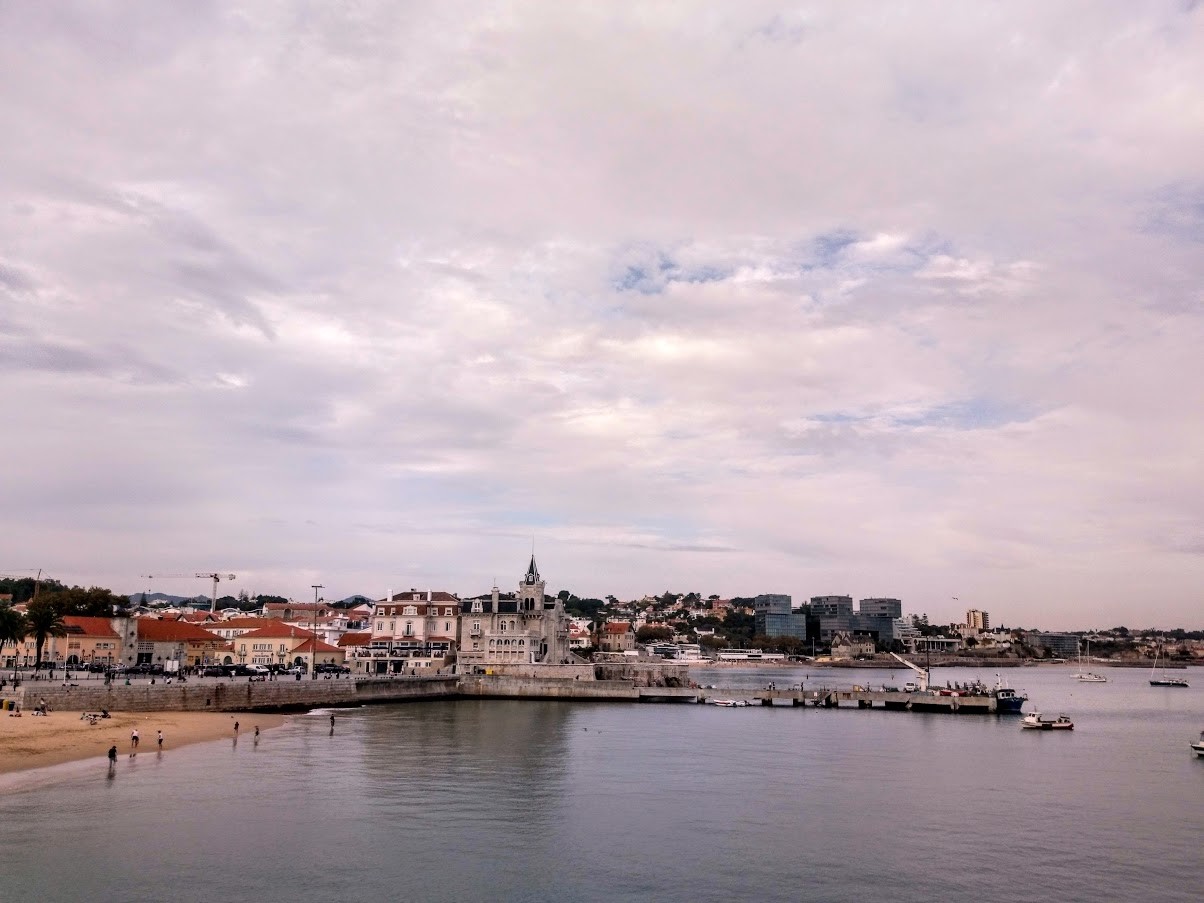
Then, we continued straight to Fortress Nossa Senhora da Luz de Cascais, which was built around the fifteenth century to protect from attacks the Portuguese people and the capital of Portugal, Lisbon. The fortress is quite massive and built entirely of stone and there are some beautiful colourful pathways inside of it that you can go through.
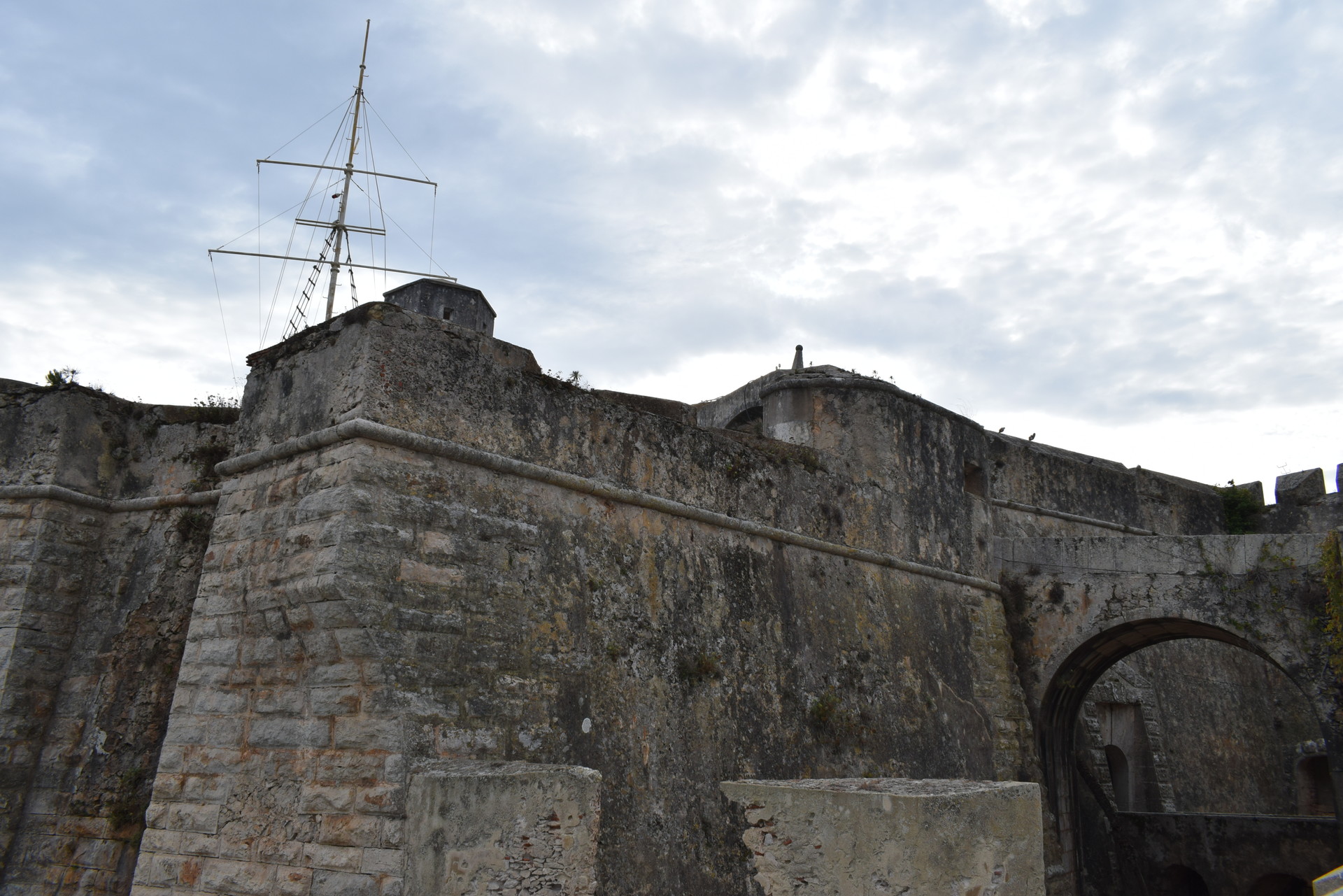
Once we passed through them we found ourselves at the art district in Cascais, where there were lots of beautiful art installations set around the square.

We went back on the same way back to the beach and then continued to the right where was one of the most notorious buildings in Cascais, Palácio Seixas. The house was built at the beginning of the twentieth century for an aristocrat of the same name and the idea was to resemble the medieval castles from the past.
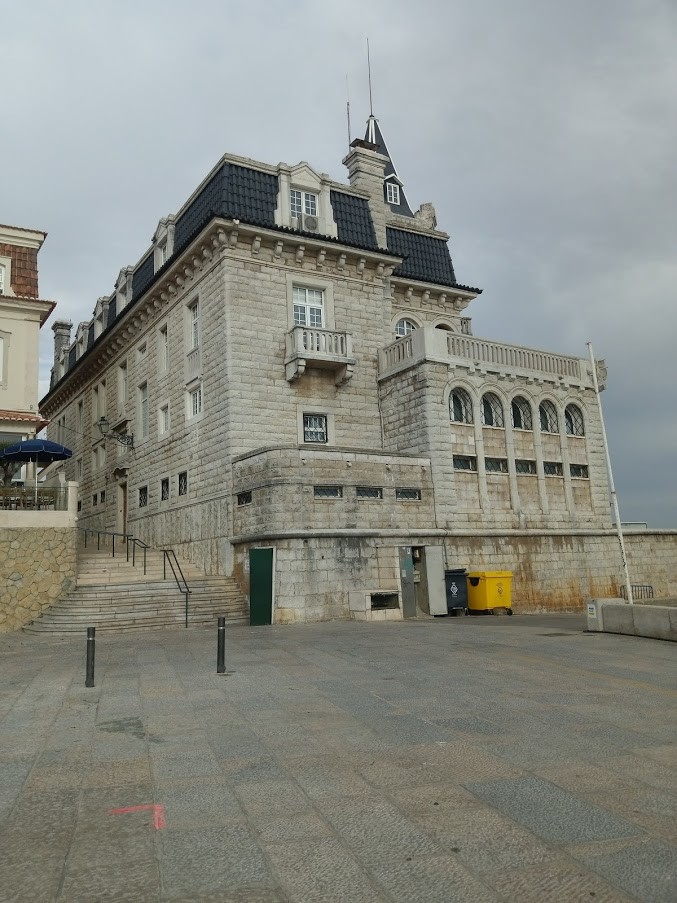
Going further, we went to the Praia da Rainha or the Queen's beach, as many people call it. The beach of the Queen is one of the tiniest beaches in Cascais but is definitely one of the most beautiful ones.
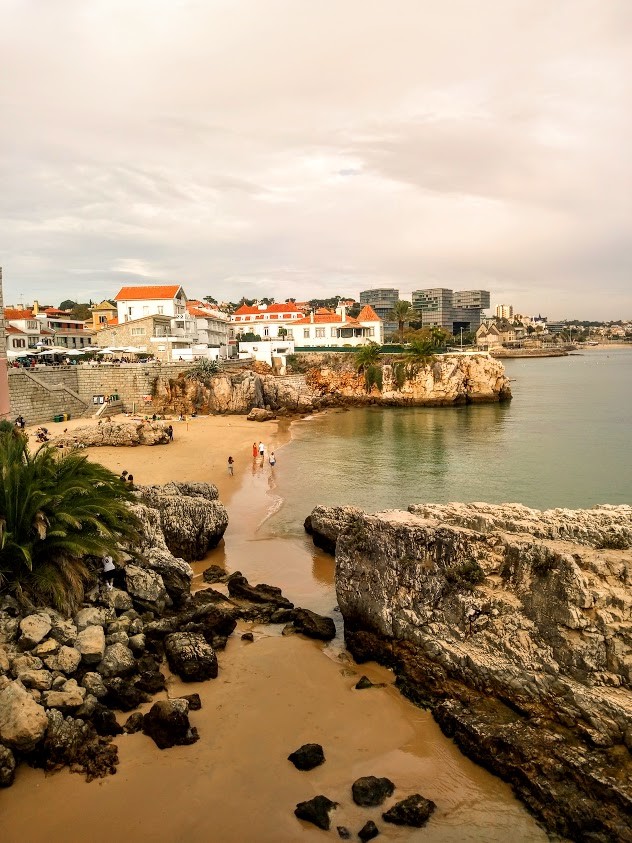
It was not even surprising when we learned that this was used as a private beach by one of the Portuguese queens. Thus, we decided to stay here and wait for the sunset, as this beach was truly a little gem in the middle of Cascais.
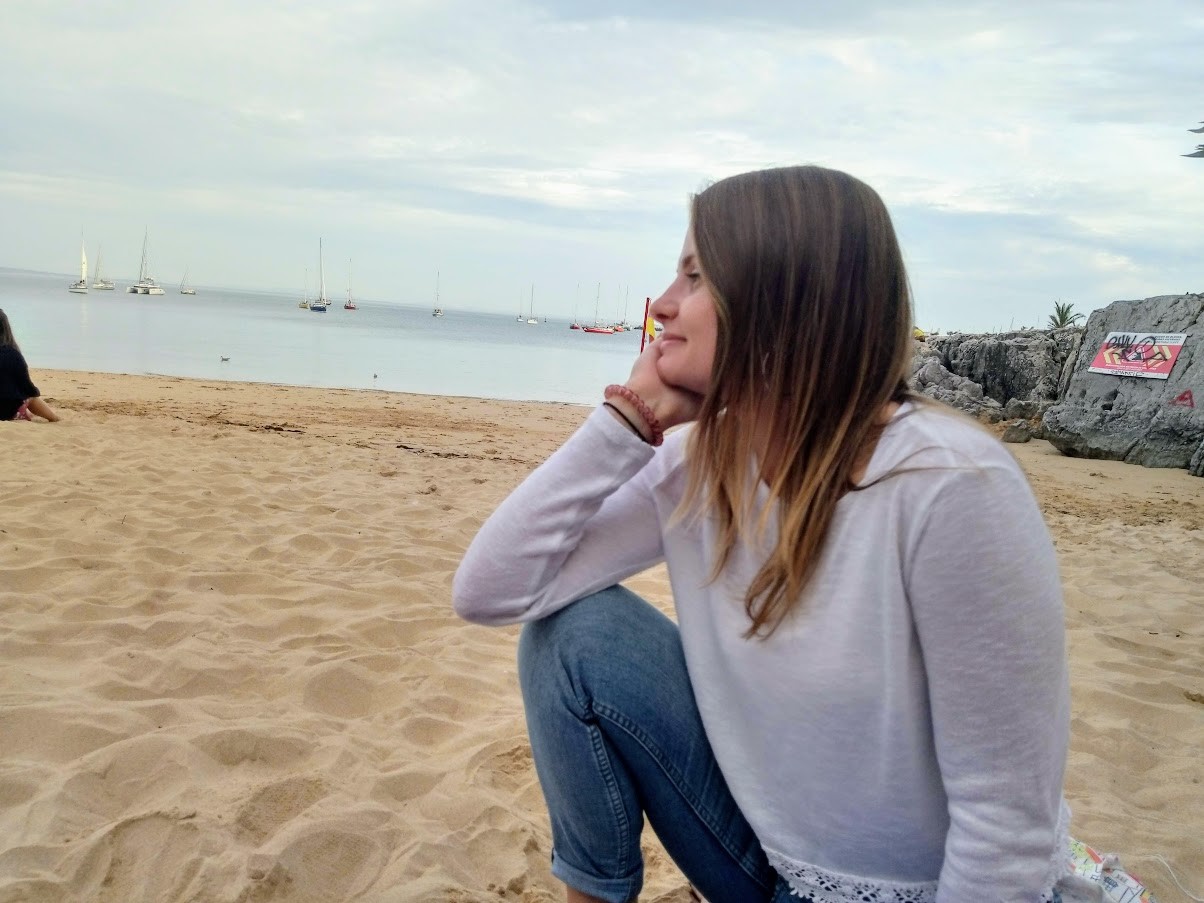
Photo gallery
Content available in other languages
Want to have your own Erasmus blog?
If you are experiencing living abroad, you're an avid traveller or want to promote the city where you live... create your own blog and share your adventures!
I want to create my Erasmus blog! →
























Comments (0 comments)